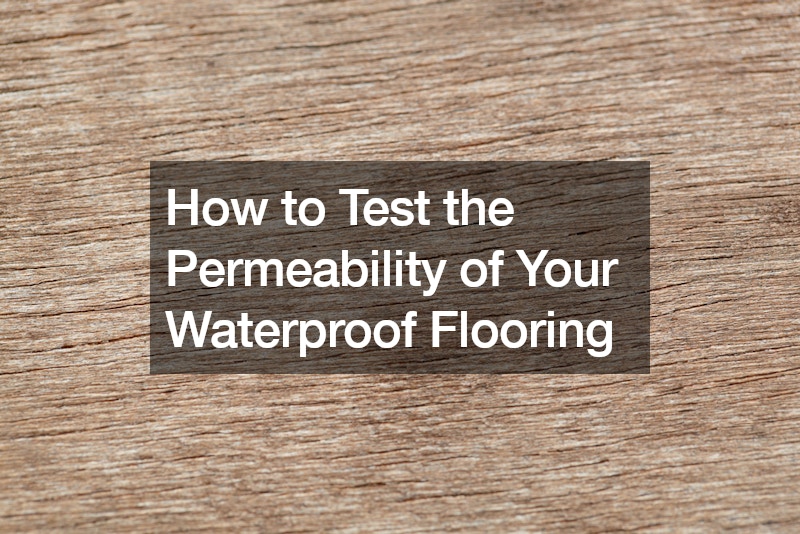Testing the permeability of your waterproof flooring is essential to ensure its effectiveness and durability in protecting your home from water damage. Even though waterproof flooring is designed to resist water penetration, it’s crucial to verify its permeability periodically to identify any potential issues or areas of concern.
One of the simplest methods to test the permeability of your waterproof flooring is the water droplet test. Begin by cleaning the surface of the flooring to remove any dirt, debris, or residues that may interfere with the test results.
Once the floor is clean and dry, place a few drops of water on various sections of the flooring and observe how quickly the water is absorbed or if it beads up and remains on the surface. Ideally, the water should bead up and not penetrate the flooring, indicating that it is effectively repelling moisture as intended.
Another effective way to assess the permeability of your waterproof flooring is the moisture meter test. Moisture meters are readily available at hardware stores and are designed to measure the moisture content of various materials, including flooring. Simply follow the manufacturer’s instructions to calibrate and use the moisture meter to test different areas of the flooring for any signs of moisture infiltration or elevated moisture levels.
Additionally, if you suspect that your waterproof flooring may not be performing as expected, you can conduct a more comprehensive water submersion test. This test involves placing a small section of the flooring in a shallow container of water and monitoring it for an extended period to see if any water seeps through or causes damage to the material.


